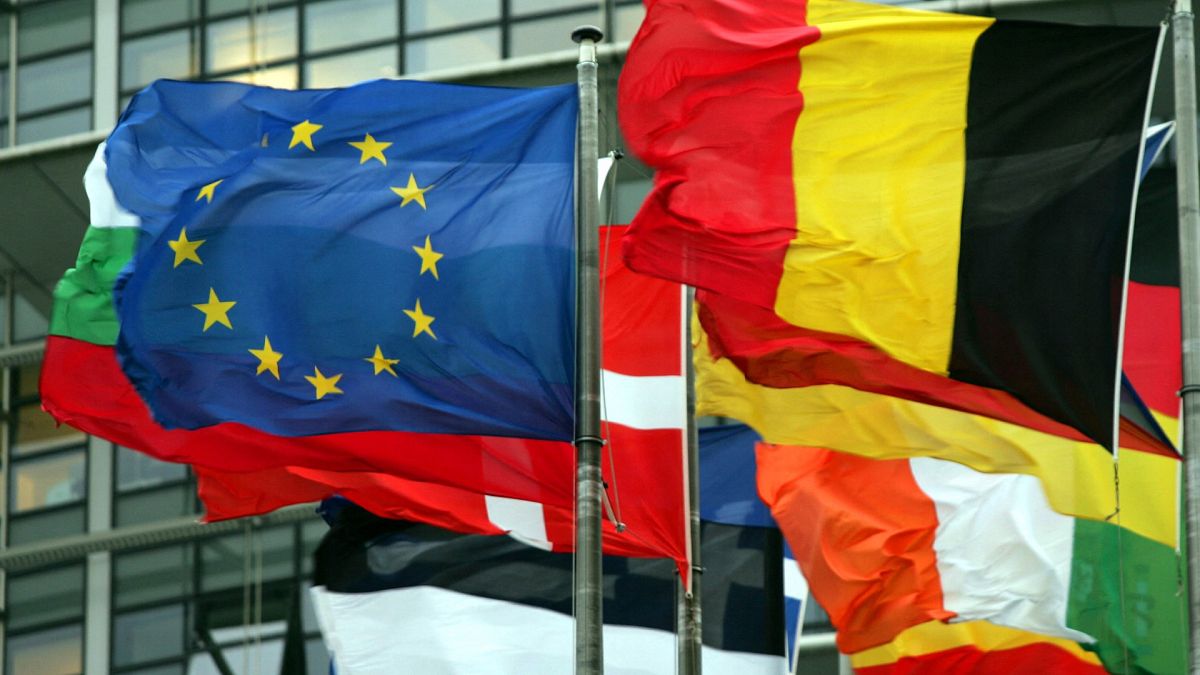Euronews Business looks at why the German services sector has performed better than expected in November and what’s holding the Spanish one back.
Germany’s services sector contracted at a slower rate in November compared to the previous month, perking up investor hopes that Europe’s largest economy may be getting back on its feet. However, the Spanish services sector was more lacklustre last month with high inflation still weighing on the sector.
The final estimate for the November German HCOB Services purchasing managers’ index (PMI), a survey which measures business performance and activity in the services sector, came in at 49.2. This was above market estimates of 48.7, as well as October’s 48.2. Although improving, the services PMI came in below the 50 threshold this month as well, which still points towards an overall contraction in the sector.
This was mainly due to rising input prices, with rapidly surging wages forming the bulk of increased costs for the majority of firms. Employment remained more or less unchanged. The sector has also faced increased competition for new work, which has reduced the ability of providers to pass on costs to consumers.
The outlook for the German services sector for the next 12 months remains subdued as well with most providers expecting quite little growth. Consumer hesitancy is still seen as one of the prime reasons for this flagging demand, as well as less investing capacity due to higher interest rates.
The German HCOB services report said: “Looking ahead, services providers were only cautiously optimistic about the year-ahead outlook for activity. Expectations even ticked down slightly from the month before, taking them further below the historical average. High energy costs, market uncertainty and weakness in the broader economy, including the construction sector, were all seen as potential headwinds to growth over the next 12 months.
On the other hand, the Spanish HCOB Services purchasing managers’ index (PMI) for November was 51. This was marginally lower than October’s three-month high of 51.1, but a step down from analyst estimates of 51.5.
This was largely due to a lack of new orders coming in, as backlogs also started to clear. New export orders also continued to fall for the fourth month in a row, as Spain’s biggest export consumers showed a reduction in demand. Although input costs increased at the slowest pace in three months, they were still uncomfortably high, especially since wages had also risen considerably.
However, investors are still hopeful of a turnaround for Spain, with the Spanish HCOB services report stating that panelists retained confidence in the outlook, with positive sentiment edging up to a three-month high.
"Hopes amongst the panel are for an improvement in the economic environment, which should underpin growth in market activity and demand. Despite the formation of a new government in November, domestic political uncertainty remained apparent, and meant that confidence in the future nonetheless remained well below trend in November.”



